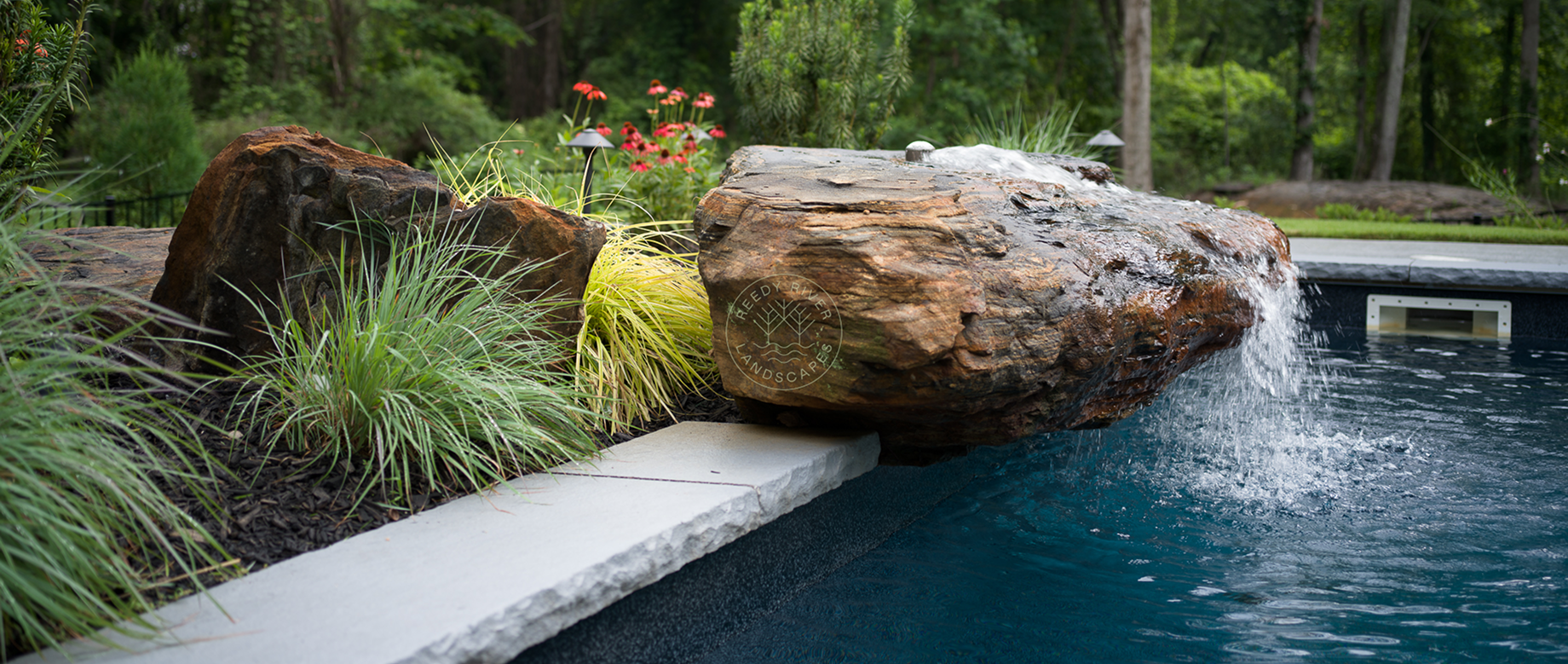Effective Yard Drainage Solutions: Ultimate Guide to Solve Your Yard Drainage Problems
In this post we will explain practical yard drainage solutions to prevent water buildup and maintain a lush, healthy yard.

Effective yard drainage solutions are essential to maintaining a healthy yard and keeping the dreams of every homeowner for a lush, vibrant yard.
In this guide, we’ll explore practical and efficient ways to tackle your yard drainage so that heavy rains don’t turn your green paradise into a soggy mess.
What is Best for Drainage in a Yard?
When it comes to figuring out what is best for drainage in a yard, you must first assess the layout and soil type of your property. Sandy soils naturally allow water to drain quickly, while clay soils tend to hold onto moisture. So, if you’re living with clay-heavy ground, yard drainage solutions become even more critical.
Start with the grading of your yard. Adequate grading directs water away from your home, keep in mind that if your yard slopes toward your foundation, rainwater will pool dangerously close to your house and the ideal slope should direct water at least six inches down over ten feet away from your home.
Another effective solution is to incorporate drainage ditches or swales which are shallow channels designed to redirect surface water flow, which are particularly useful during heavy rainfall.
Combining these methods creates a robust system capable of handling excess moisture efficiently.
How to Fix Poor Drainage in Your Yard?
So, you’ve identified poor drainage in your yard. The next thing to do is an action plan keeping in mind that any simple adjustment can make a massive difference.
First, inspect for any obstructions in the area like debris blocking existing drains or downspouts which could contribute significantly to the problem.
Next, consider installing a French drain which consists of a trench filled with gravel and a perforated pipe that collects and redirects excessive water away from problem areas. This type of drain is one of the most popular yard drainage solutions due to its efficiency and ease of installation.
You may also want to consider a dry well which is an underground structure that collects and disperses stormwater runoff deep into the ground and it’s perfect for those yards where surface-level drainage isn't feasible.
If you prefer a more aesthetic approach, rain gardens can serve as both a natural drainage solution and a landscaping feature. This is done by planting native, water-resistant plants in a depressed area that can manage excess rainwater beautifully.
Assessing Ponding Areas
Watch out for ponding areas in your yard, these low spots are prime suspects for water accumulation.
In this case, dig slightly deeper into these areas and add some permeable rocks or gravel to promote better drainage. You can also create an attractive dry creek bed as a part of your yard drainage solutions.
How to Drain a Wet Area in a Yard?
Draining a wet area in a yard can be a bit tricky but entirely manageable. First, identify why the area is constantly wet and once you understand the cause, you can implement any of these solutions:
- Install subsurface drains. These pipes sit below the ground level and can siphon off excess water before it becomes a problem.
- Drain with a sump pump. if you have a persistently inundated area, a sump pump can remove water from the soil efficiently.
- Use soil amendments. Adding organic matter like compost or peat moss can help break up compacted soil and promote better drainage.
How to Divert Water in a Yard?
One of the most effective yard drainage solutions is installing gutter extensions that funnel rainwater further away from your home’s foundation, reducing the risk of flooding.
You can also create a berm which is a raised area of soil that acts as a barrier and it can even add an attractive element to your landscape.
Don’t forget about using downspout drains and rain barrels to collect water runoff for future irrigation needs enhancing sustainable practices to conserve water.
Collaborating with Professionals
For larger areas or more complicated drainage issues, hiring professionals might be the best course of action as they can provide insights based on experience, ensuring that your yard drainage solutions are tailored to your landscape's specific needs.
Check out Reedy River Landscapes Services for professional assistance in creating beautiful and functional landscapes suited for optimal water drainage.
Final Thoughts
It's time to take control of your yard and implement these effective yard drainage solutions to keep a dry, healthy landscape but your dream yard is just a few drainage solutions away.
Whether you're grading, installing drains, or constructing a rain garden, every small effort counts with the right strategies in place.
You can also explore more tips and tricks by visiting Reedy River Landscapes' blog for more inspiration.
